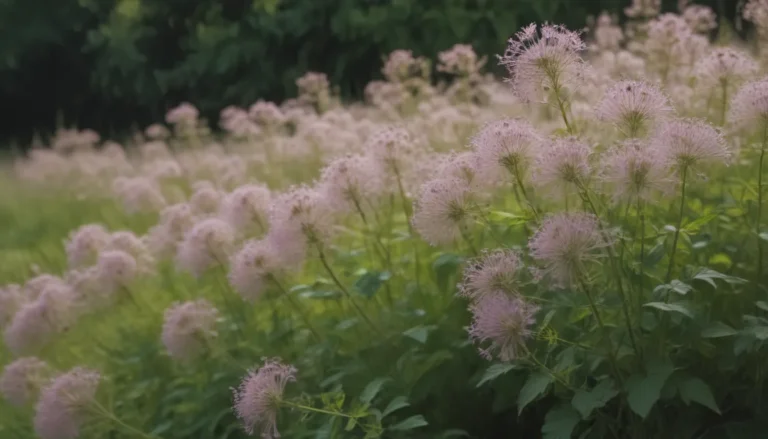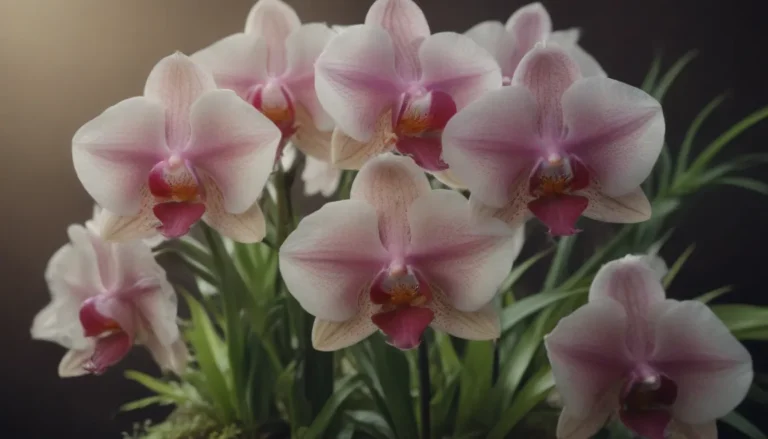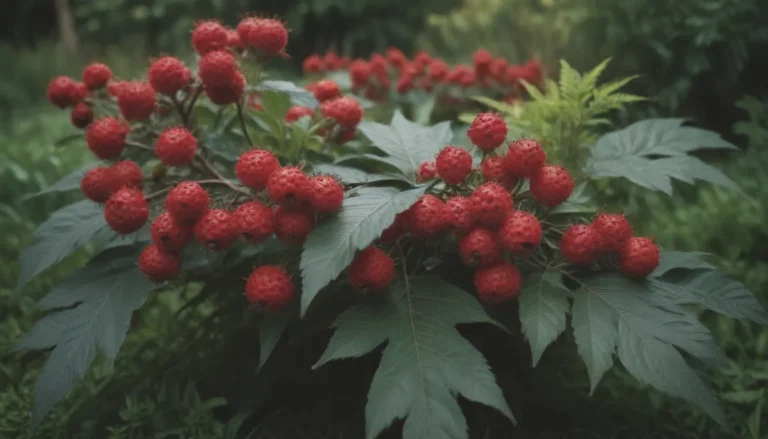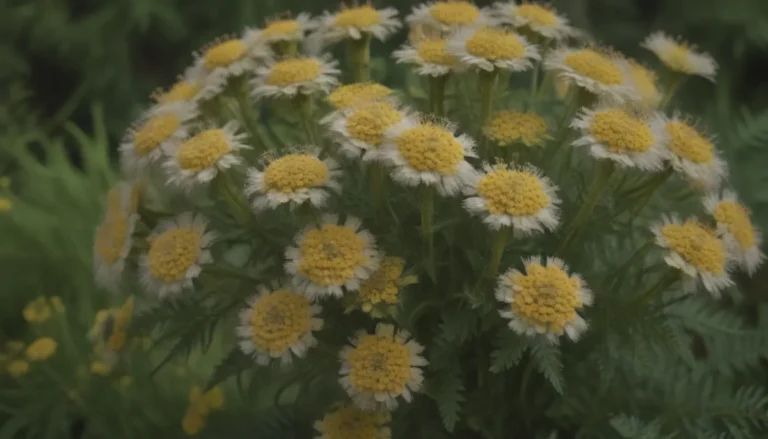The Complete Guide to Growing and Caring for Lobelia
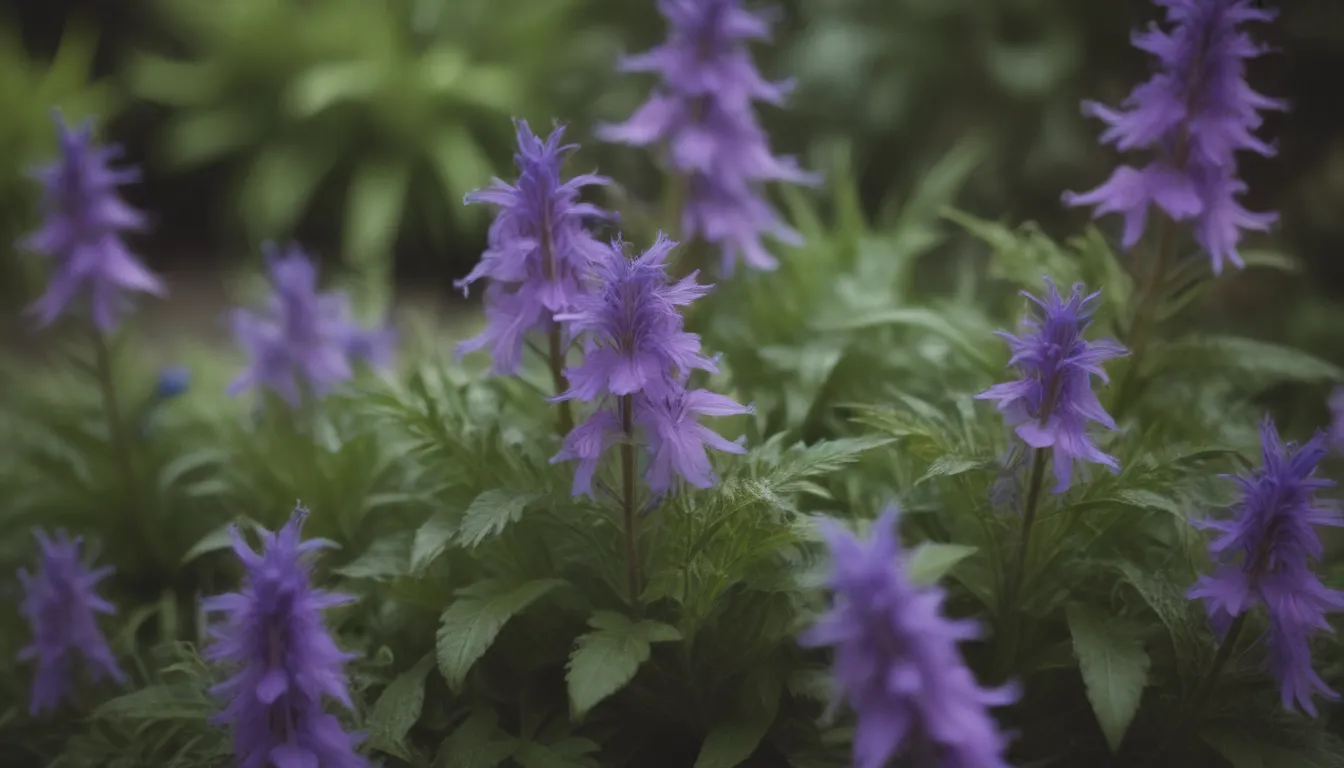
Lobelia, also known as Lobelia erinus, is a delicate perennial that is commonly grown as an annual in most USDA zones. This charming plant is a favorite in many gardens due to its beautiful, true sky blue flowers and trailing growth habit. While most varieties of lobelia have green foliage, some may have a subtle bronze tinge, adding an extra touch of interest to your garden. With its small-but-numerous blooms that attract pollinators like butterflies, bees, and hummingbirds, lobelia is a must-have for any garden.
The Beauty of Lobelia
- Lobelia is a tender perennial often grown as an annual
- Known for its unique true sky blue hue, with other colors like purple, white, pink, and lilac available
- Attracts pollinators like butterflies, bees, and hummingbirds
- Blooms appear from summer to fall in most climates
Lobelia Care Tips
Despite its delicate appearance, lobelia is a low-maintenance plant that is easy to care for. Here are some essential care tips to help your lobelia thrive:
Light
- Lobelia does well in partial shade to full sun locations
- In hot climates, plant lobelia where it will receive direct sun only in the morning and part-shade to shade in the afternoon
Soil
- Lobelia thrives in rich, well-drained soil
- Avoid soggy conditions, which can lead to root rot
Water
- Keep the soil evenly moist, but not soggy
- Water regularly, especially in hot or dry conditions
Temperature and Humidity
- Lobelia prefers moderate temperatures and humidity
- Protect from intense sun and heat, and provide regular watering to maintain humidity
Fertilizer
- Fertilize every two weeks with a liquid fertilizer formulated for flowering plants
- Look for a fertilizer higher in phosphorus to promote more flowers
Types of Lobelia
There are many types of lobelia available, including some hardy perennials and cultivars of the tender perennial Lobelia erinus. Depending on the variety you choose, you can enjoy a wide range of color choices. Some popular types of lobelia include:
- Cardinal flower (Lobelia cardinalis)
- Great lobelia (Lobelia siphilitica)
- Lobelia erinus ‘Laguna’
- Lobelia erinus ‘Alba’
- Lobelia erinus ‘Lilac Fountain’
- Lobelia erinus ‘Rosamund’
Growing Lobelia From Seed
Growing lobelia from seed is easy and cost-effective. Starting from seed gives you a wider variety of choices compared to nursery plants. Follow these steps for successful seed starting:
Potting and Repotting Lobelia
Whether you’re planting lobelia in a flower border, container garden, or hanging basket, proper potting and repotting are essential for its growth and bloom. Here are some tips for potting and repotting lobelia:
Common Pests and Problems
Lobelia can face a few common pests and problems that may affect its growth and bloom. Knowing how to identify and address these issues can help keep your lobelia healthy and thriving:
- Spider mites: Treat mild infestations with gentle sprays of water, and severe infestations with insecticidal soap or neem oil
- Corn earworms: Manual removal and insecticides can help eliminate these pests
- Browning foliage: Adjust watering and shading to prevent browning due to overwatering or overheating
- Leaves curling: Provide more shade and water to prevent curling from dry conditions
- Spotted leaves: Use insecticidal soap to address mite infestations
- Brown base: Remove damaged sections immediately to prevent the spread of insect infestations
Enjoying Beautiful Blooms
With the right care and attention, your lobelia will burst into bloom by early summer and continue to flower through fall. Remember to keep your lobelia moist, fertilize regularly, and provide the necessary shade to prevent overheating. By following these simple tips, you can enjoy bountiful blooms in a variety of colors all season long.
Lobelia is a delightful addition to any garden, with its charming flowers and easy care requirements. Whether you’re a seasoned gardener or just starting out, incorporating lobelia into your landscape is sure to bring joy and beauty to your outdoor space. So, roll up your sleeves, put on your gardening gloves, and get ready to enjoy the beauty of lobelia in your garden!
